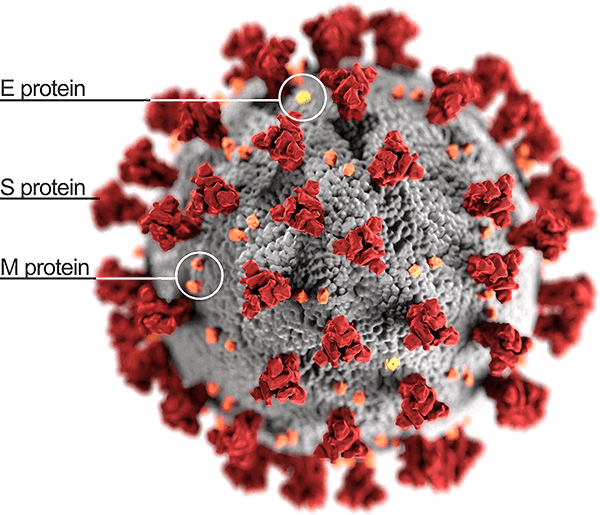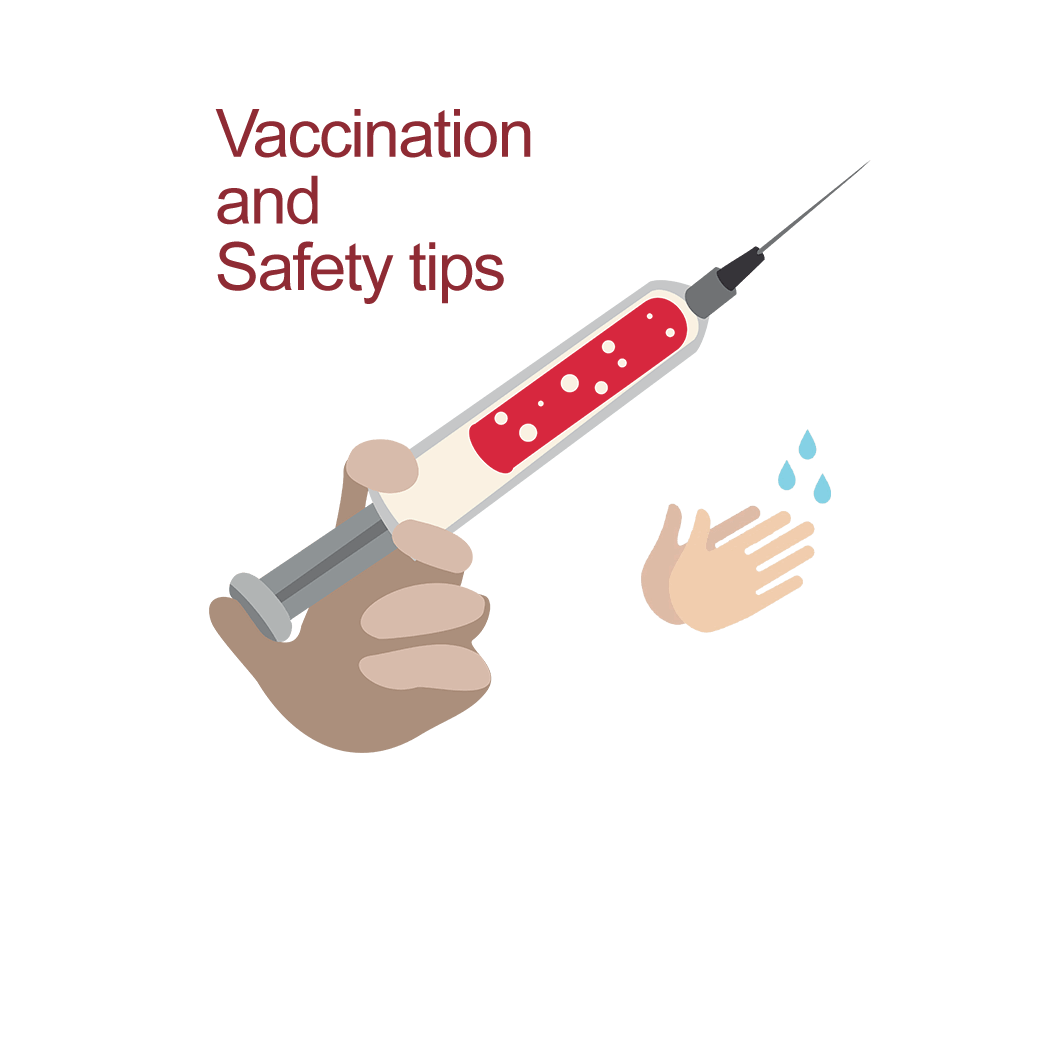We recommend using Chrome/Firefox for better experience.
We recommend using Chrome/Firefox for better experience.
Includes: Nucleic acid tests, Immunoassays (antibody and antigen based), and Symptomatic Assessment
Includes: Drug repurposing (Existing first line of defense), Antibody treatment, Interferons, siRNAs, and Peptides
Includes: Predictions of (i) experimental and approved drugs effective against SARS-CoV-2, (ii) factors associated with coronavirus outbreak
Total cases:, Deaths:, Recovered:

Sars-CoronaVirus-2.info website collects the most recent information on diagnostics and treatment options for COVID-19 (disease caused by SARS-CoV-2 virus).
Please go through corresponding sections Testing,Treatment,Prevention, and Predictions for more detailed information

Doctors found the “novel coronavirus” in December 2019 when many people in Wuhan, China, became sick with a flu-like illness. It is novel because scientists haven’t seen it before.
| Country | Total | Deaths | Recovered |
|---|
The map is auto-updated using GitHub repository CSSEGISandData/COVID-19 from Johns Hopkins University Center for Systems Science and Engineering (JHU CSSE). See https://github.com/CSSEGISandData/COVID-19 for detailed Terms of Use.
If you need to download funny or useful video from YouTube then we recommend using Free YouTube to MP3 Converter or 4K Video Downloader. If you need some motivation then check famous Warren Buffett quotes.
Reported illnesses have ranged from people with mild symptoms to people being severely ill and dying. Symptoms can include: Fever, Cough, Shortness of breath.
| Nucleic acid tests | Immunoassays | Symptomatic Assessment |
|---|---|---|
| Detects the presence of viral genetic material in a sample | Detects the presence of anti-viral antibodies (antibody based) or viral proteins (antigen based) in a sample | Detects signs and symptoms of disease |
| Techniques commmonly rely on polymerase chain reaction (PCR) | Common techniques include enzyme-linked immunosorbent assay (ELISA) | Techniques range from thermal scanning (for fever detection) to computed tomography (CT) |
| Confirms a current SARS-CoV-2 infection | Indicates either a past or current infection. | Suggests a potential infection and indicates that further testing is needed |
| Antibodies | People, who have recovered from SARS-CoV-2 infection develop antibodies (Y-shaped proteins produced by immune system) that circulate in the blood and can neutralize virus when they encounter it. Infusions of plasma (the clear, antibody-containing liquid that remains when blood cells are removed) may improve a person's response to the virus by giving the immune system an important boost. Convalescent blood can be also analysed for antibody-producing cells. The genes from these cells can be sequenced and cloned generating neutralizing antibodies as well as their truncated, bioactive forms. Additionaly, monoclonal antibodies can provide a direct therapeutic measure. These can be cloned through sequencing of antibody-producing cells that have been isolated from the convalescent blood of recovered patients. |
| Drugs | The first line of anti-SARS-CoV-2 therapeutics are compounds that have already been accepted for use in humans (safe-in-man) and have been proven to work against other viruses.
These include safe-in-man broad-spectrum antiviral agents (BSAAs) as well as virus-specific drugs. The BSAAs, virus-specific drugs or drug combinations represent drug candidates for development in the prevention and treatment of SARS-CoV-2 infections.
A comprehensive database of BSAAs and viruses they inhibit can be found at drugvirus.info |
| Interferons | Interferons (IFNs) are natural antiviral molecules that represent another option for treatment of severely ill SARS-CoV-2 patients. IFNs are well-established biological antiviral theraputics that can readily be given to humans. There are several classes of Interferons including IFN-α, IFN-β, IFN-λ and IFN-γ. These may have antiviral effects against SARS-CoV-2 when given alone or in combinations, as well as when given together with other antiviral therapeutics. |
| siRNAs | Recent technologies enable the production of virus-specific small RNA molecules that can target multiple regions of viral genomes and interfere with their expression. |
| Peptides | Peptides are a class of pharmaceutical compounds, molecularly poised between small molecules and proteins, yet are biochemically and therapeutically distinct from both. Peptides are safer than synthetic drugs and can have greater efficacy, selectivity and specificity. |

| Vaccinations | Safety tips |
|---|---|
| Vaccines can induce a person's immune response against SARS-CoV-2 without needing to be exposed to the virus first. These vaccines could mimic the viral infection, therefore, when given to a person, could make our body producing antibodies against the virus. . Vaccines are made from the same germs (or parts of them) that cause disease; for example, polio vaccine is made from polio virus. But the germs in vaccines are either killed or weakened so they won't make people sick. However, it is still unknown, how long the immunity developed due to the vaccination will last in the human body and how effective it is expected to be. | The basic protective measurments agains SARS-CoV-2 include:
|
| Live-attenuated | Inactivated | Subunit, recombinant, polysaccharide, and conjugate | Toxoid |
|---|---|---|---|
| Live vaccines use a weakened (or attenuated) form of the germ that causes a disease. Because these vaccines are so similar to the natural infection that they help prevent, they create a strong and long-lasting immune response. Just 1 or 2 doses of most live vaccines can give you a lifetime of protection against a germ and the disease it causes. Live vaccines are used to protect against: Measles, mumps, rubella (MMR combined vaccine), Rotavirus, Smallpox, Chickenpox, Yellow fever | Inactivated vaccines use the killed version of the germ that causes a disease. Inactivated vaccines usually don’t provide immunity (protection) that’s as strong as live vaccines. So you may need several doses over time (booster shots) in order to get ongoing immunity against diseases. Inactivated vaccines are used to protect against: Hepatitis A, Flu (shot only), Polio (shot only), Rabies | Subunit, recombinant, polysaccharide, and conjugate vaccines use specific pieces of the germ — like its protein, sugar, or capsid (a casing around the germ). Because these vaccines use only specific pieces of the germ, they give a very strong immune response that’s targeted to key parts of the germ. They can also be used on almost everyone who needs them, including people with weakened immune systems and long-term health problems. These vaccines are used to protect against: Hib disease, Hepatitis B, HPV, Whooping cough, Pneumococcal disease, Meningococcal disease, Shingles | Toxoid vaccines use a toxin (harmful product) made by the germ that causes a disease. They create immunity to the parts of the germ that cause a disease instead of the germ itself. That means the immune response is targeted to the toxin instead of the whole germ. Like some other types of vaccines, you may need booster shots to get ongoing protection against diseases. Toxoid vaccines are used to protect against: Diphtheria, Tetanus |
Website statistics: